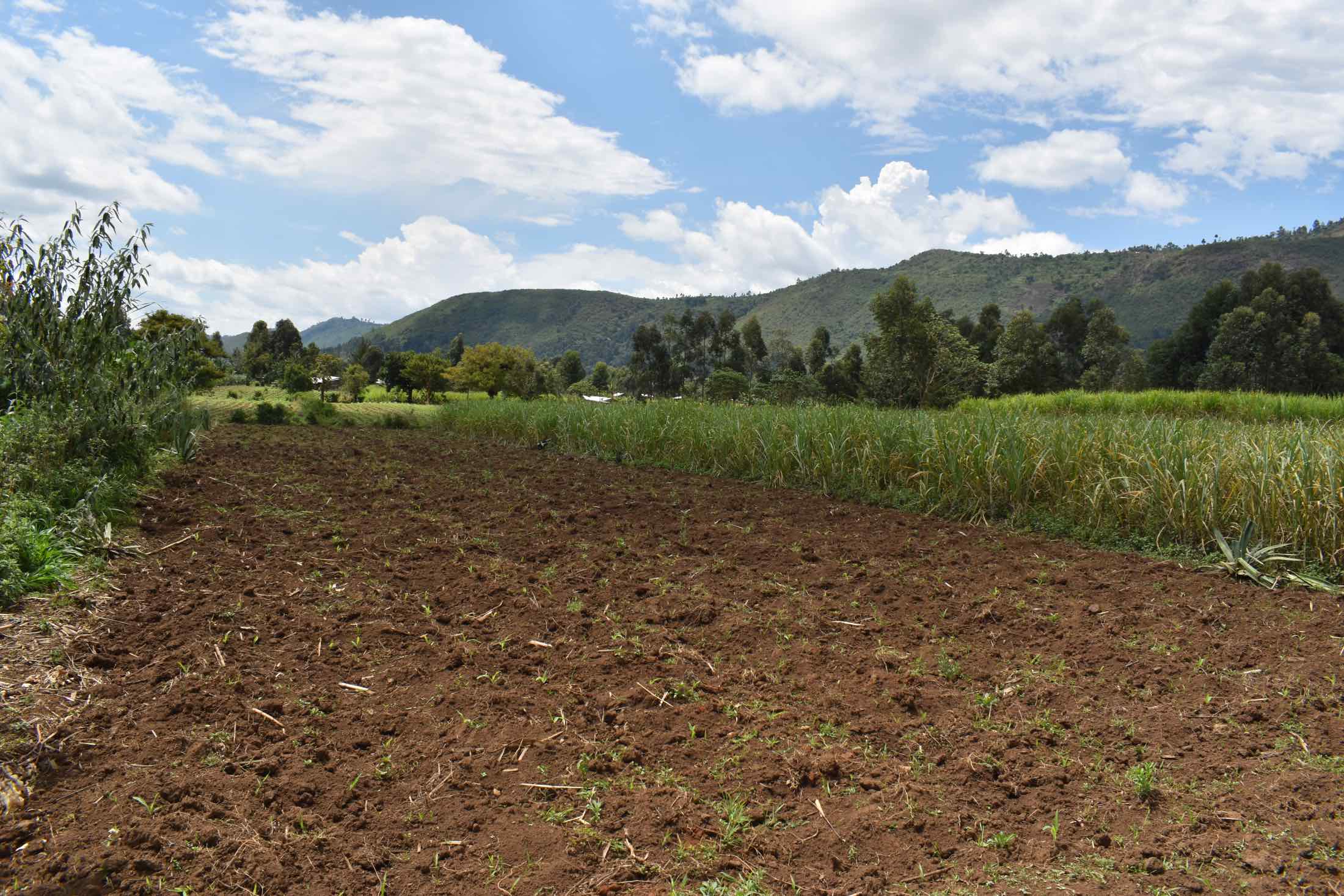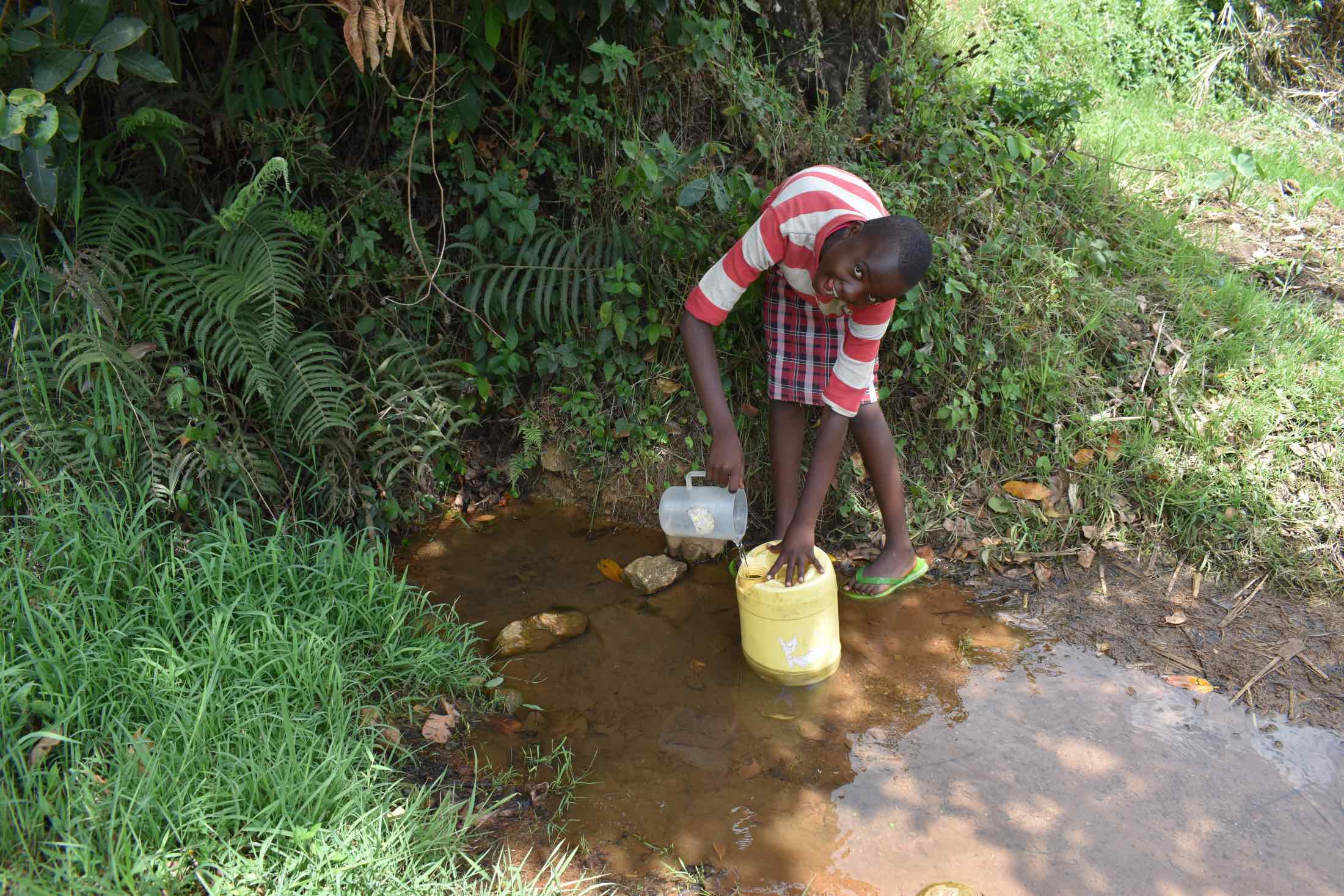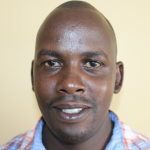Lutali village sits near the border of the Nandi Escarpment along the edge of the Rift Valley of Western Kenya. The area is cool and beautiful, containing traditional homes made of mud walls, grass-thatched roofs, and occasional cement homes.

Community members rely majorly on farming for their livelihood, and thankfully the area receives enough rainfall to favor the growth of different types of crops. Sugarcane is grown as a cash crop, and maize, beans, groundnuts, cassava, and sweet potatoes are grown for subsistence. Animals like goats, sheep, and cows are kept to help provide milk for family use and sell.
Mulanda Chibole spring, the water source for this community of 140, is in a hilly and rocky area surrounded by a sugarcane and arrowroot (white, powdery starch) plantation. It is an open water source that is unsafe for consumption because of contamination from people, animals, and nearby runoff.
"I personally have spent a lot of my resources seeking medication on water-borne diseases either for me or my kids. It has been attributed to using fetched water from our water point for drinking," said Martin Chibole, farmer, 42.
Located far away from residential homes and farming plots, people have to walk long distances to access the water. Once they reach the water, it is hard for users to collect because they must scoop it with a small container which is tiresome and time-consuming.

"Fetching water here is very hectic because you have to step in water even when it is so cold in the morning. When you have put on sandals, you have to remove it before fetching water. Besides that, scooping water carefully using a smaller container is so tiresome," said Sharlyne M., age 11.
The area experiences acute water crises during drought periods when community members have to wake up very early in the morning to evade long queues. Because this area is rocky, digging wells is a great challenge. Community members can only fully rely on the spring.
What We Can Do:
Spring Protection
Protecting the spring will help provide access to cleaner and safer water and reduce the time people have to spend to fetch it. Construction will keep surface runoff and other contaminants out of the water. With the community’s high involvement in the process, there should be a good sense of responsibility and ownership for the new clean water source.
Fetching water is a task predominantly carried out by women and young girls. Protecting the spring and offering training and support will, therefore, help empower the female members of the community by freeing up more of their time and energy to engage and invest in income-generating activities and their education.
Training on Health, Hygiene, COVID-19, and More
To hold trainings during the pandemic, we work closely with both community leaders and the local government to approve small groups to attend training. We ask community leaders to invite a select yet representative group of people to attend training who will then act as ambassadors to the rest of the community to share what they learn. We also communicate our expectations of physical distancing and wearing masks for all who choose to attend.
The training will focus on improved hygiene, health, and sanitation habits in this community. We will also have a dedicated session on COVID-19 symptoms, transmission routes, and prevention best practices.
With the community’s input, we will identify key leverage points where they can alter their practices at the personal, household, and community levels to affect change. This training will help to ensure participants have the knowledge they need about healthy practices and their importance to make the most of their water point as soon as water is flowing.
Our team of facilitators will use a variety of methods to train community members. Some of these methods include participatory hygiene and sanitation transformation, asset-based community development, group discussions, handouts, and demonstrations at the spring.
One of the most important issues we plan to cover is the handling, storage, and treatment of water. Having a clean water source will be extremely helpful, but it is useless if water gets contaminated by the time it is consumed. We and the community strongly believe that all of these components will work together to improve living standards here, which will help to unlock the potential for these community members to live better, healthier lives.
We will then conduct a small series of follow-up trainings before transitioning to our regularly scheduled support visits throughout the year.
Training will result in the formation of a water user committee, elected by their peers, that will oversee the operations and maintenance of the spring. The committee will enforce proper behavior around the spring and delegate tasks that will help preserve the site, such as building a fence and digging proper drainage channels. The fence will keep out destructive animals and unwanted waste, and the drainage will keep the area’s mosquito population at a minimum.

 Protected Spring
Protected Spring
 Rehabilitation Project
Rehabilitation Project







































